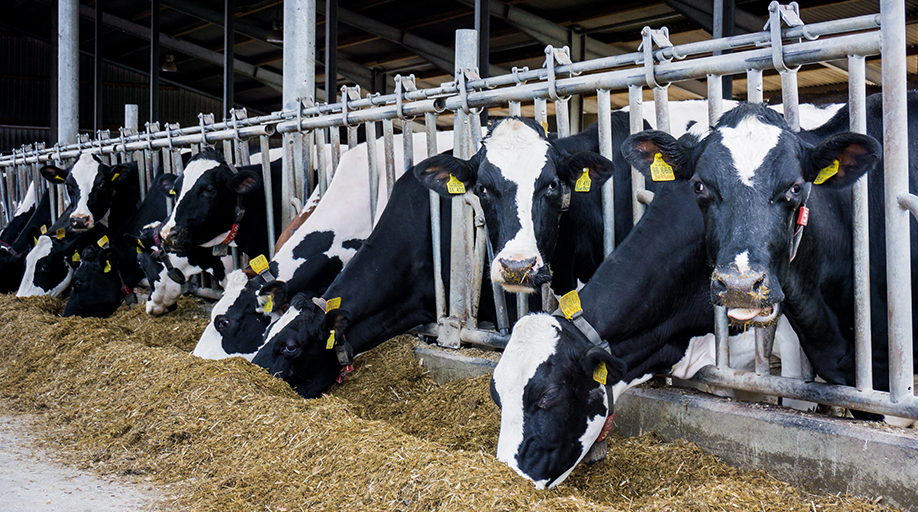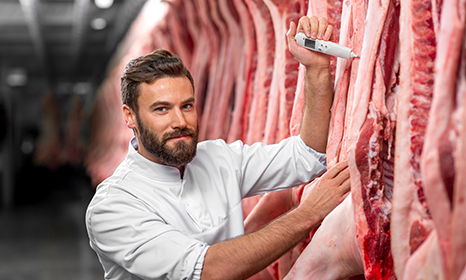Jak możemy Ci pomóc?
Skontaktuj się z naszym biurem obsługi klienta
Jesteśmy światowej klasy producentem inżynieryjnym dostarczającym najwyższej jakości produkty, usługi i rozwiązania dla naszych klientów.

Meat processing and freezing works
Freezing works are factories where animals (mainly sheep and cows) are killed and their meat processed. At first the meat was frozen, but by the 2000s it was mostly chilled.
Working in a freezing works was a hard and dangerous job. Freezing workers had strong trade unions, which fought for better pay and conditions. Until the 1970s few women worked in freezing works, and generally in lower-paid jobs.

Meat processing changed dramatically after the 1970s, when most New Zealand meat was still exported as frozen carcasses. At that time Britain was the largest market for sheep meat, with the United States the largest for beef.
Factors forcing change in the next two decades included:
- Britain’s entry to the European Economic Community, which brought an end to practically free access to the British market; and changes in market access to the United States, which meant New Zealand meat processors had to find new markets
- New hygiene standards set by Europe and the United States – which meant works had to be upgraded to comply
- New processing and packaging technology – so meat no longer had to be frozen, but could be shipped chilled
- The deregulation of the New Zealand meat-processing industry in 1980 – which made it easier to start new plants with new technology.
New products in new packages
In its search for new markets, the meat industry had to present meat the way customers wanted it – as cuts of meat ready for sale to retail customers.
By the 2000s new meat-processing plants packaged cuts of meat, either froze or chilled them, and usually packaged them into the product that would be bought by the consumer in a retail outlet in one of the more than 100 countries to which New Zealand exports meat.
Agricultural biotechnology, also known as agritech, is an area of agricultural science involving the use of scientific tools and techniques, including genetic engineering, molecular markers, molecular diagnostics, vaccines, and tissue culture, to modify living organisms: plants, animals, and microorganisms.
This requires promoting good management of natural resources and respect for the environment, and increasingly concern for the psychological wellbeing of all concerned in the food production and cotnsumption system. Agricultural soil science is a branch of soil science that deals with the study of edaphic conditions as they relate to the production of food and fiber. In this context, it is also a constituent of the field of agronomy and is thus also described as soil agronomy.
Application
Works were often double-shifted – two 12-hour shifts a day at the peak of the season, often with staff on a ‘four days on, four days off’ work schedule. Changes in employment legislation allowed for such arrangements, and brought a sharp decline in strikes. Striking meat workers lost $36 million in lost wages in 1990, the year before the Employment Contracts Act, and only $1 million the following season.
Nemo enim ipsam voluptatem quia voluptas sit aspernatur aut odit aut fugit, sed quia consequuntur magni dolores eos qui ratione voluptatem sequi nesciunt. Neque porro quisquam est, qui dolorem ipsum quia dolor sit amet
